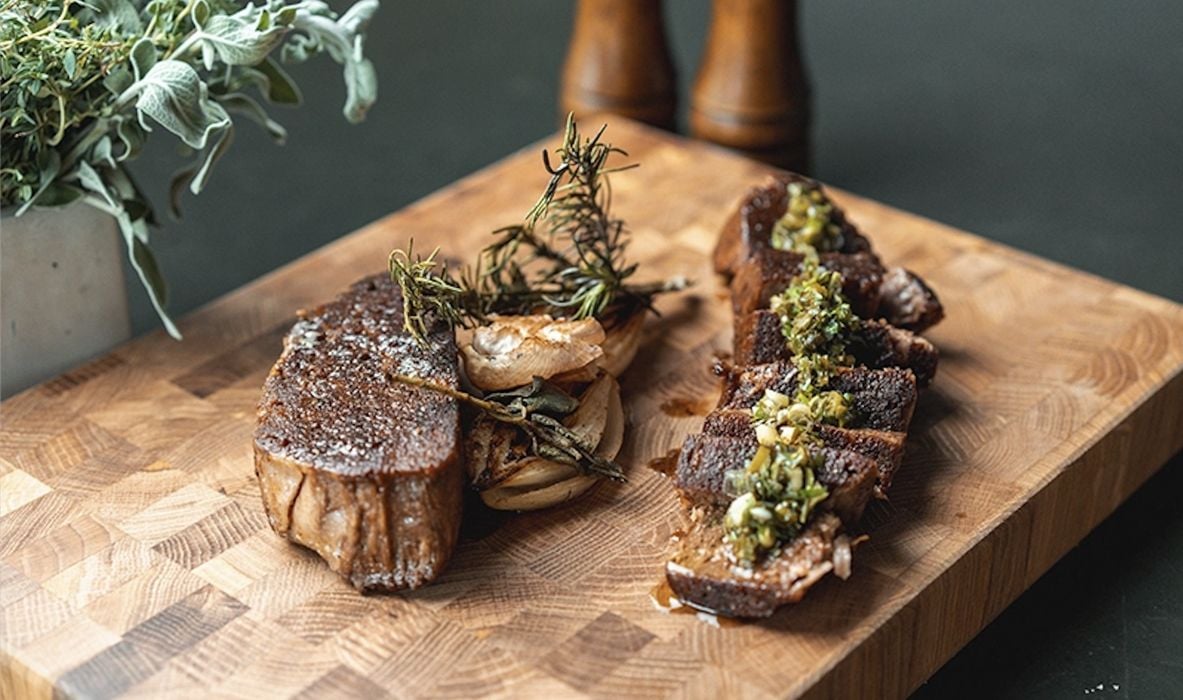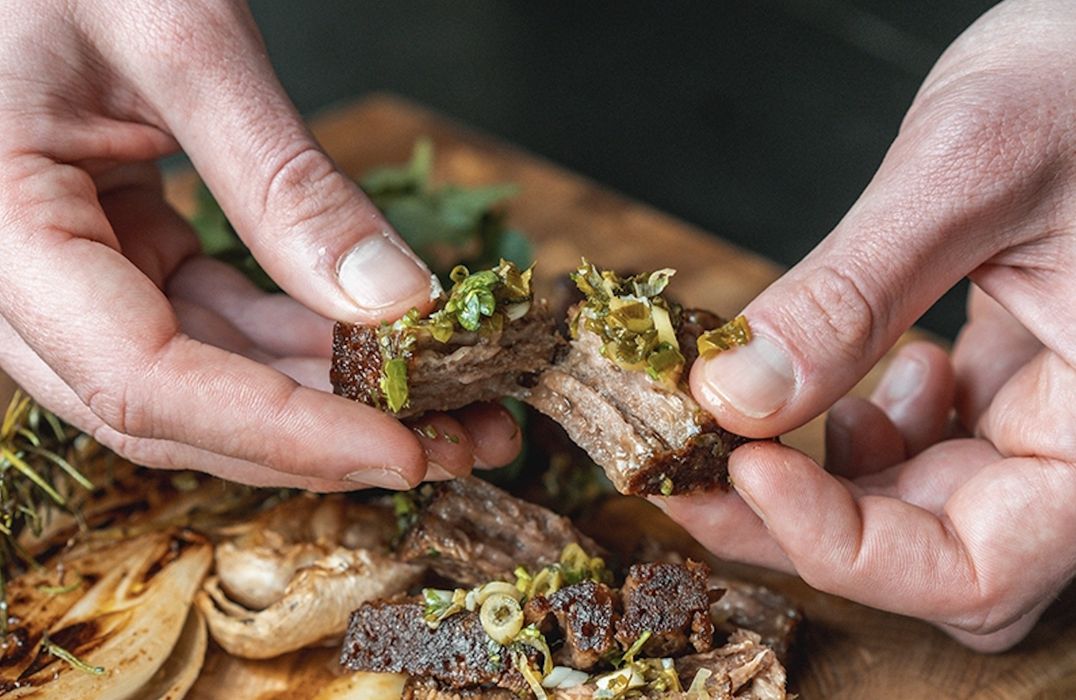
Steakholder Foods announced a large deal to commercialize their 3D printed meat products.
There are several companies developing 3D printed food equipment, and one of the leading companies is Steakholder Foods. The Israeli company uses a unique plant-based mix as print material, and a sophisticated 3D printer that assembles a steak that’s nearly indistinguishable from “real” steaks.
The advantage here is that the plant material is far less stressful on the environment than cattle, and also produced in a clean, predictable manner. In theory, “alt-meat” can be produced anywhere you can locate the Steakholder Foods printer and supply it with their proprietary material, “Nutriblend”.
While Steakholder Foods has been developing the product in a variety of ways for several years, this week’s announcement could indicate a shift into the commercializations phase: the product is now ready, let’s sell it at scale.
The deal involves Wyler Farms, a large Israeli food provider that specializes in alternative protein products, such as tofu. They’ve agreed to acquire a Steakholder Foods 3D printer and subscribed to the company’s software and material supply service. The terms of the deal were not specified, aside from hints that it was “several US$M”.

Wyler Farms intends on producing alt-meat steaks for public consumption. They will no doubt pass the new steaks through their normal distribution channels to reach local stores. Evidently Wyler Farms will use the capabilities of the device and software to design their own unique steak.
Steakholder Foods believes this is a first, saying:
“To the best of the company’s knowledge, this marks an industry-first incorporation of industrial-scale 3D printing technology into the food industry.”
The device in question is Steakholder Foods’ Fusion Pro 3D printer, which is capable of printing an astonishing 500kg of protein products per hour. That has to be among the fastest 3D printers on the market, regardless of printer type.
Note, however, that printing steaks is quite a bit different from printing polymer or metal objects. Meat objects don’t require precision resolution: the structure of the print needs only to meet mouth texture needs, and can be relatively coarse. This allows the alt-meat printing to take place far faster than other 3D printers.
This is a major development for 3D printed food, as it appears to be the first large-scale implementation when it launches late this year. Steakholder Foods has intentions of developing additional partnerships with other food providers, and ultimately it may be that alt-meat products become a large segment of the food market.
Someday you may even see one of these steaks in your local grocery.
Finally, it should be interesting to see how this development affects Steakholder Foods’ valuation, which we track every Sunday on our 3D print leaderboard.
